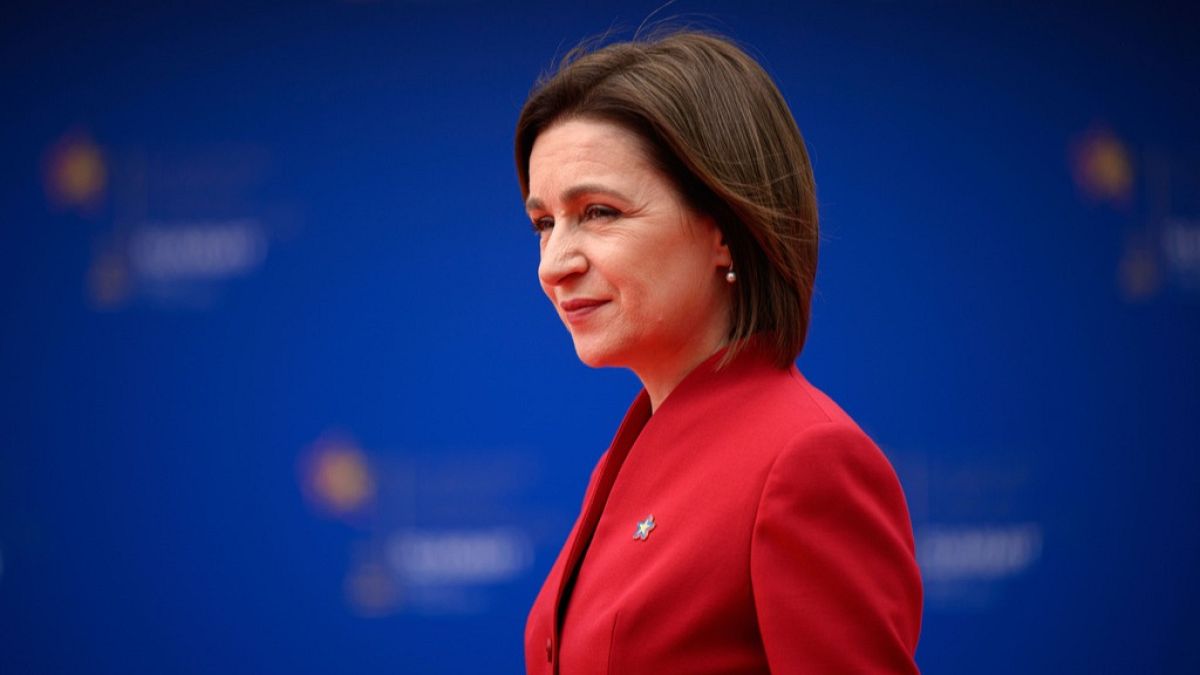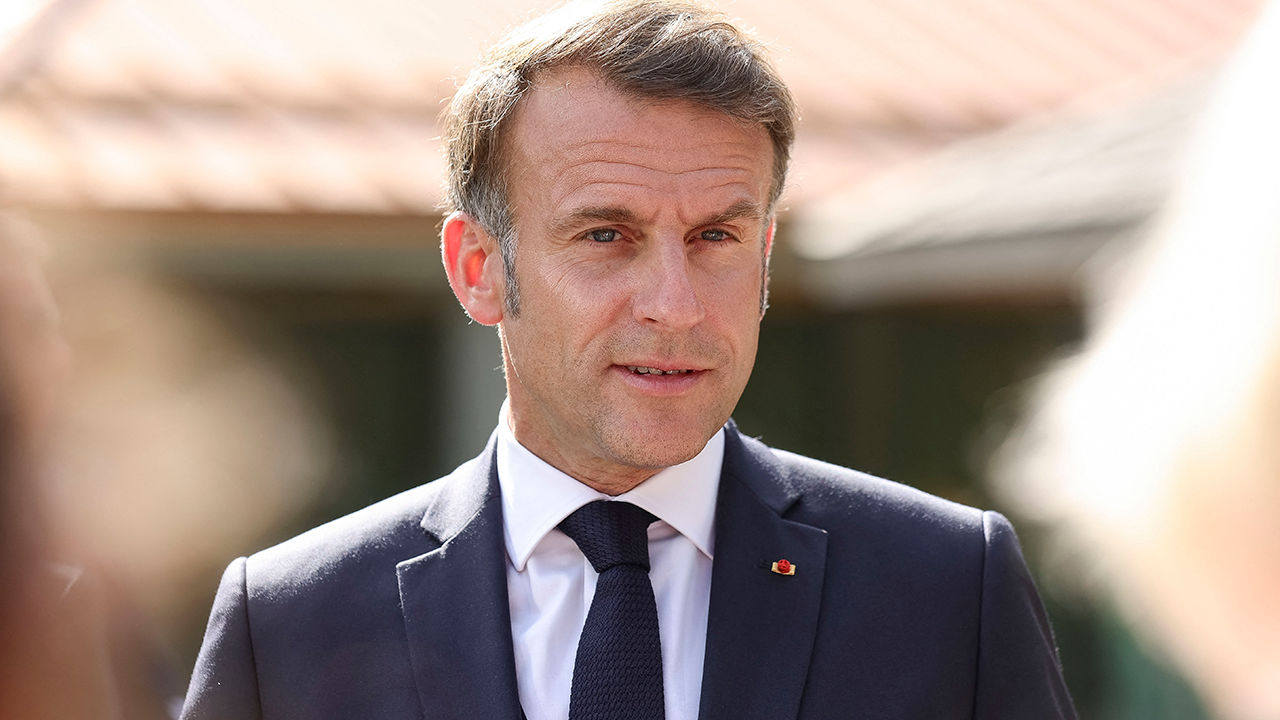From Italy to Greece and Portugal, off-label use of GLP-1 drugs like Ozempic and Mounjaro for weight loss is creating a booming private market—and a brewing public health dilemma.
In a matter of just a few years, Europe has witnessed an unprecedented shift in how one class of medications—so-called GLP-1 receptor agonists—is perceived and used.
Originally developed to treat type 2 diabetes, these injectable drugs are now fueling a multibillion-euro weight loss industry, driven by private demand, social media hype, and regulatory gaps.
The new “weight loss hysteria” started in the United States, where the prices for the drugs remain highest, but people are still willing to pay $1,300 (€1,142) each month without insurance coverage.
The tendency is now exploding in Europe and is not limited to those with medical conditions and obesity, but spreading to those seeking a novel approach to getting a beach-ready body. But what price are we willing to pay for the dream body across Europe?
Italy: A tenfold leap in spending
Italy’s private market for GLP-1 drugs exploded in 2024, reaching a staggering €26 billion in global anti-obesity drug spending, a more than tenfold increase compared to 2020.
According to Pharma Data Factory (PDF), private spending on GLP-1 agonists doubled from EUR 52 million in 2023 to over EUR 115 million in 2024.
This surge stems from a rising trend: off-label use of anti-diabetic drugs for weight loss. Since such use is not currently covered by Italy’s national health service, most of the spending has come directly from patients’ pockets.
There is, however, movement at the policy level. The recent Act No. 741, which officially recognises obesity as a chronic disease, may pave the way for future reimbursement under Italy’s provisions for insurance Essential Levels of Care (LEA).
For the time being, however, prescriptions are typically limited to specialists and often require proof of a high body mass index or conditions related to diabetes.
Greece: Soaring demand, strict rules
The phenomenon is mirrored in Greece, where usage of anti-obesity drugs surged by 82.5% in 2024, with €93 million in total spending. Ozempic’s popularity has skyrocketed, and the market has since expanded to include Mounjaro, introduced in November 2024.
Despite consumer enthusiasm, Greek regulations remain among the strictest in Europe.
Prescribing these drugs for obesity is technically forbidden, except in life-threatening cases. Physicians must prove a diagnosis of diabetes to prescribe them, making legitimate weight-loss prescriptions almost impossible through official channels.
But regulatory rigidity has not slowed the underground momentum. With Mounjaro sales now hitting 12,000 units per month, price cuts—such as the 23% drop announced by Pharmaserve-Lilly in February—are expected to further accelerate the drug’s spread, whether legal or otherwise.
Portugal: A market without reimbursement
In Portugal, the weight loss drug phenomenon is newer but no less intense. In the first four months of 2025 alone, Portuguese consumers spent nearly €20 million on GLP-1-based injectables like tirzepatide (Mounjaro) and semaglutide (Wegovy)—both of which are officially approved for obesity treatment.
In just two months of 2024, over 10,000 units of tirzepatide were sold, while Wegovy, introduced in April 2025, has racked up sales of 6,800 units in a single month. With each Wegovy injection costing EUR 244.80, the trend shows no signs of slowing.
Ozempic, while not officially approved for weight loss, continues to be widely used off-label. Its popularity has led to pharmacy stock shortages and forced Infarmed—the national medicines authority—to initiate drug circuit audits in cooperation with the European Medicines Agency.
Reimbursement remains a sticking point. Despite rising interest and usage, Portugal still doesn’t subsidise anti-obesity injectables, and the entire cost is borne by individuals—many motivated by influencer culture and celebrity transformations.
Spain: Market on fire
According to data from consulting firm IQVIA shared with El Confidencial Digital outlet, the Spanish pharmaceutical market saw turnover for weight-loss medications exceed €484 million in 2024—a 65% increase from €293 million in 2023. Units sold jumped from 3.2 million to 4.8 million, reflecting more than 50% growth in volume.
Yet despite this surge, the Interministerial Commission on Prices of Medicines and Health Products does not publicly track spending specifically on anti-obesity medications.
What is known: Spain’s overall retail drug expenditure stands at €412 per capita, 21% below the EU average of €500, according to the 2024 Pharmaceutical Expenditure Report.
In Spain, prices for publicly reimbursed drugs are set by the Ministry of Health, and anti-obesity medications must be prescribed and supervised by specialists.
This regulatory barrier is meant to ensure appropriate use—but it also limits access, particularly as public demand rises faster than policy adapts.
Germany: Growing demand, limited access
In Germany, demand for weight-loss drugs like Wegovy and Mounjaro is rising fast—yet public coverage remains limited. These GLP-1 medications can cost up to €300 a month, and for most people, the bill comes out of pocket.
By law, Germany’s public health insurance system excludes drugs used purely for weight loss, classifying them as lifestyle treatments.
However, exceptions are emerging. In early 2024, authorities made Wegovy eligible for reimbursement—but only in cases where obesity poses a serious cardiovascular risk.
Despite these restrictions, the market is booming. Sales of GLP-1 drugs in Germany are expected to more than double by 2030, reaching over €700 million.
With more than half the adult population overweight, pressure is growing on policymakers to expand access. For now, the debate continues—between cost, public health, and who should benefit from these powerful new medications.
Poland: easy access via telemedicine
While some countries restrict access, Poland offers surprisingly open availability. Ozempic is reimbursed for diabetic patients (121.25 Polish złoty or €28 with discount), but can also be obtained via telemedicine after a remote consultation—even without diabetes, depending on the doctor’s assessment.
The full price of Ozempic is 404 złoty (€94), and demand is high, driven by growing perceptions of the drug as a fast track to weight loss.
France & UK: Controlled reimbursement paths
France has started a formal review that could lead to reimbursement for Mounjaro in limited obesity cases, but for now, neither Mounjaro nor Wegovy are covered under the public system.
By contrast, the UK’s NHS does cover both drugs, with eligibility limited to patients referred to specialist weight management services. Wegovy became available via the NHS in 2023, and Mounjaro followed with rollout in 2024, under structured programs.
Across Europe, public healthcare systems are facing a growing dilemma. Originally designed to manage chronic diseases like diabetes, these systems are now being strained by surging demand for weight-loss drugs such as Ozempic, Wegovy, and Mounjaro.
While obesity is increasingly recognised as a chronic condition, regulatory and reimbursement policies have struggled to keep up.
This mismatch has created a growing shadow market, where people without official diagnoses pay out of pocket.
And buying some of these drugs is actually as easy as buying a detox tea. You just need to lie, click and pay. And then pray that what comes through the post is the real thing.
Read the full article here

















